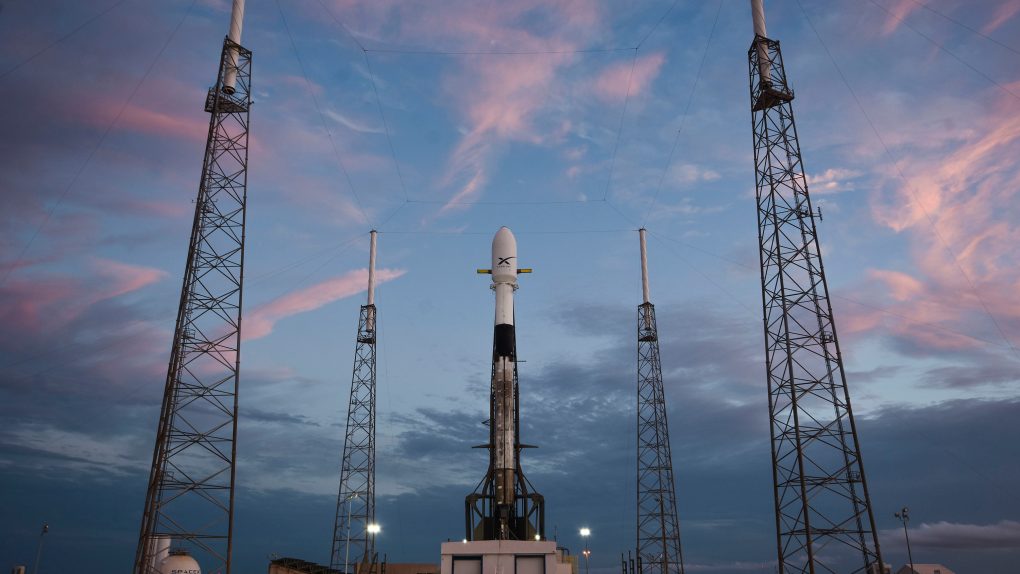- SpaceX recently launched the latest batch of its Starlink satellites after launch delays.
- The satellites will provide high-speed data service to various parts of North American and Canada, early in this testing phase.
- A public beta of the service could roll out as soon as the satellites are in the right position, according to a tweet by SpaceX boss Elon Musk.
It’s now been well over two years since SpaceX sent its first batch of Starlink communications satellites into orbit. Over the intervening months, the company has launched hundreds of additional satellites into orbit with the hopes of creating a communications network that can provide high-speed data service to even the most remote and underserved areas of the United States and, ultimately, the world.
Now, with its latest batch of 60 shiny new Starlink satellites being deployed this week, it’s looking like SpaceX may be ready to show what its network is capable of, if only on a small scale. According to a tweet by SpaceX boss Elon Musk, this latest group of satellites will allow the company to open up a public beta testing program once they reach their intended positions in Earth orbit.
Currently, SpaceX has 728 Starlink satellites in orbit. That’s down from the 775 satellites it has launched over the past few years, meaning that roughly 50 of the satellites have since deorbited for one reason or another. The satellites are small enough that they would be completely destroyed upon reentry, which I suppose is why we haven’t seen them as huge fireballs careening toward the surface.
In any case, the 700+ Starline satellites in orbit right now represent a very small fraction of SpaceX’s ambitions for the program. The company eventually envisions having literally tens of thousands of the satellites circling Earth, providing robust communications capabilities for countless customers.
Nevertheless, the company believes it can offer a taste of what’s to come with the hardware that is already in space. “Once these satellites reach their target position, we will be able to roll out a fairly wide public beta in northern US & hopefully southern Canada,” Elon Musk tweeted. “Other countries to follow as soon as we receive regulator approval.”
Satellite internet service is pretty exciting, especially if it’s reliable and can serve as an alternative to the cable options that are so incredibly limited in most areas of the country. Still, not everyone is happy about SpaceX Starlink satellite horde. Astronomers have already voiced their displeasure with the satellites, providing images showing how dramatically the hardware can obscure their view of the cosmos.
SpaceX is apparently trying to mitigate these effects. The company considered new paint jobs for the satellites and even installed deployable “visors” on the latest Starlink models that prevent sunlight reflection back to Earth.








